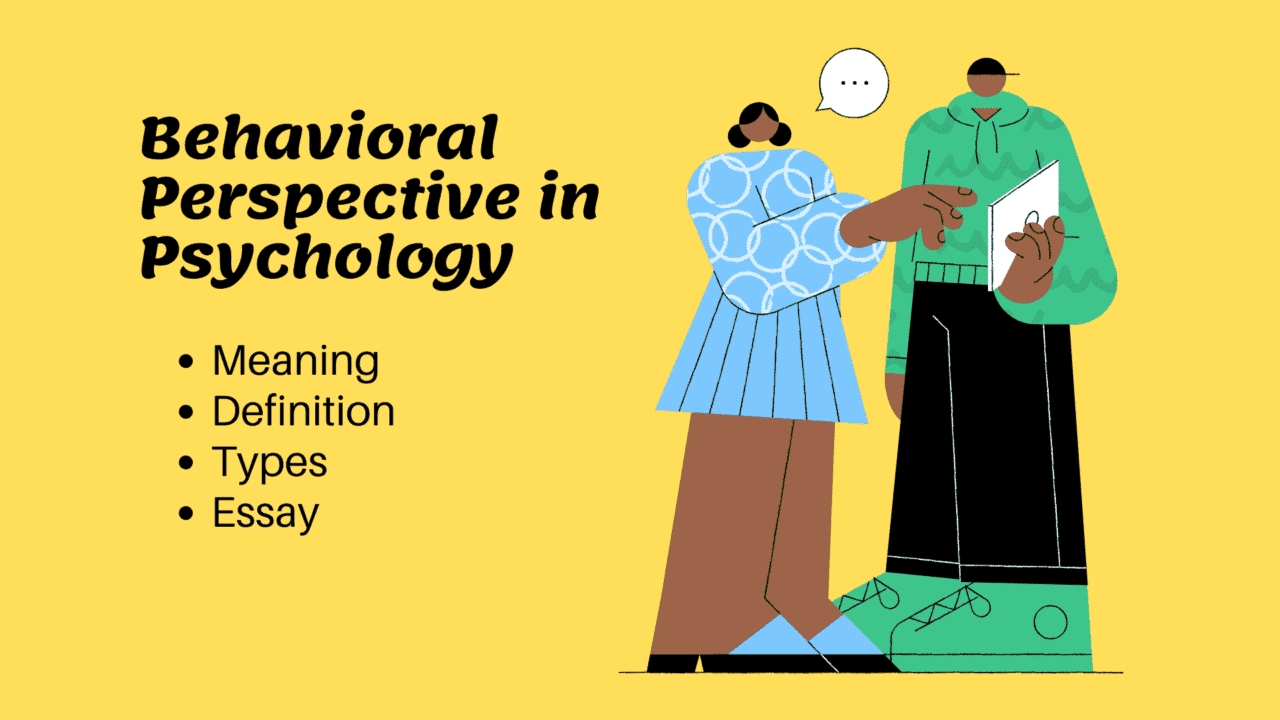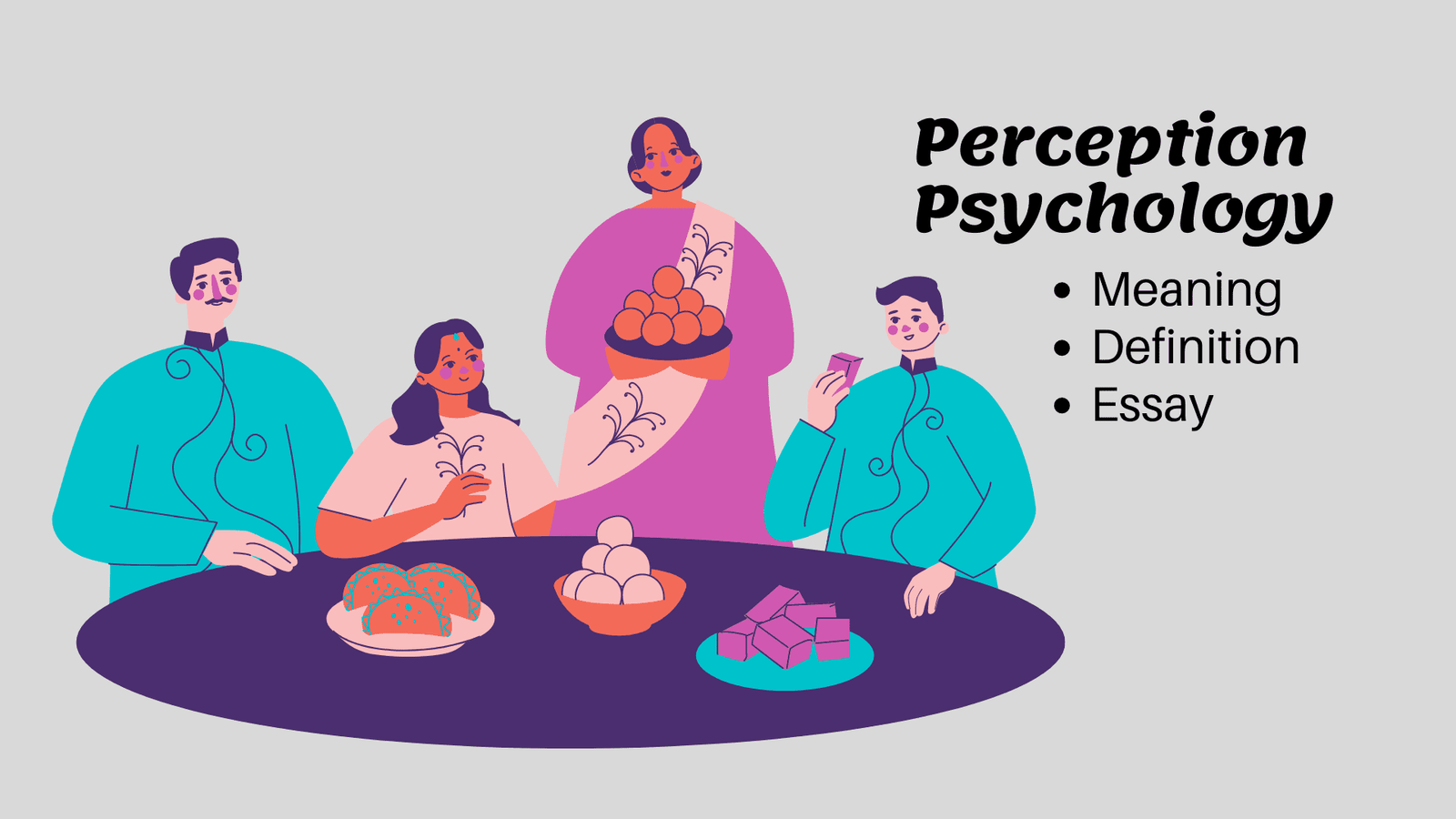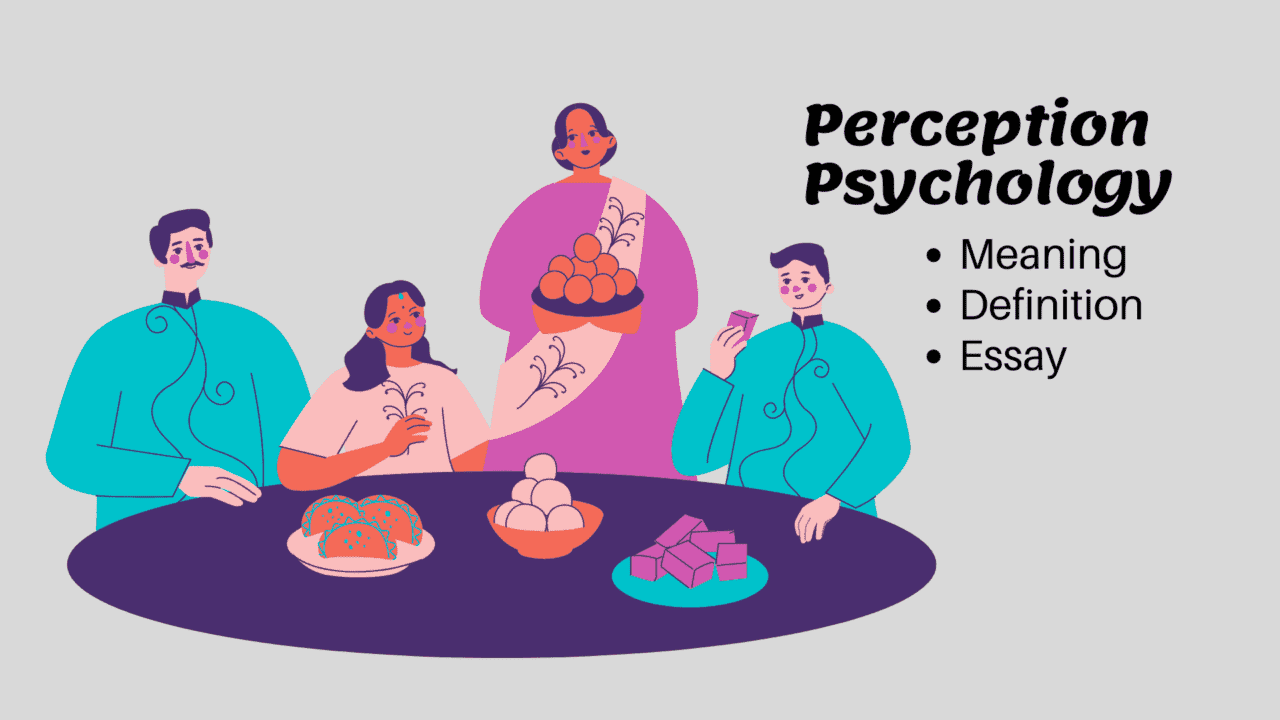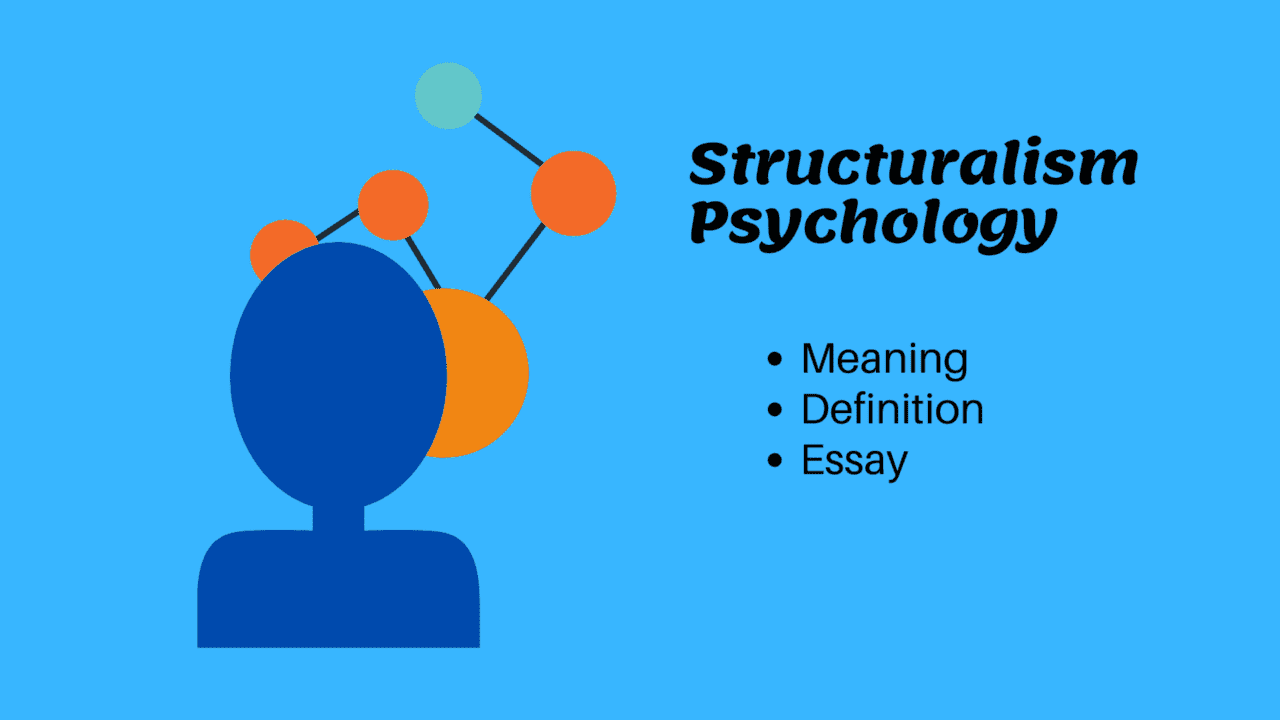Brain activity research is a broad field that encompasses various scientific studies and investigations aimed at understanding the functions, processes, and mechanisms of the brain. Researchers employ various techniques and technologies to explore brain activity, including neuroimaging, electrophysiology, and behavioral experiments.
Understanding Brain activity research: Meaning, Types, Pros, and Cons with Its Importance
Neuroimaging techniques, such as functional magnetic resonance imaging (fMRI), positron emission tomography (PET), and electroencephalography (EEG), allow researchers to visualize and measure brain activity. These methods provide insights into which areas of the brain are involved in different tasks. How they communicate and interact, and how they change under various conditions or during specific cognitive processes all are findings that can be interpreted from brain activity research, made possible by the likes of BrainAccess.ai.
Electrophysiological techniques involve recording electrical signals generated by the brain. These methods include single-neuron recording, electrocorticography (ECoG), and event-related potentials (ERPs). They provide researchers with precise temporal information about the firing patterns of neurons. And the coordination of neural activity during specific events or cognitive processes.
Behavioral experiments involve studying the relationship between brain activity and behavior. Researchers design experiments to manipulate certain variables or conditions and observe how they influence brain activity and subsequent behavior. This approach helps uncover the neural basis of cognition, perception, memory, decision-making, and other complex mental processes.
Brain activity research has led to significant advancements in our understanding of the brain. And its role in various neurological and psychiatric disorders. It has shed light on the neural basis of consciousness, emotions, learning, and other cognitive functions. Moreover, it has enabled the development of diagnostic tools, therapeutic interventions, and neuroprosthetic devices to treat brain-related conditions and enhance human performance.
It is worth noting that brain activity research is a rapidly evolving field, and new techniques and methodologies are continually emerging. Scientists are also exploring interdisciplinary approaches, combining insights from neuroscience, psychology, computer science, and other fields to tackle complex questions about the brain and its activity.
What is Brain Research?
Brain research is the scientific study of the brain, aiming to understand its functions, structure, and how it influences behavior and cognition. It involves using various techniques to investigate the brain’s activity, such as neuroimaging and electrophysiology. The findings from brain research have led to advancements in understanding neurological disorders and developing treatments.

Types of Brain Research
Brain research encompasses various types of scientific investigations aimed at understanding the brain’s functions, processes, and mechanisms. Here are some common types of brain research:
Neuroimaging:
Neuroimaging techniques, such as functional magnetic resonance imaging (fMRI), positron emission tomography (PET), and electroencephalography (EEG), allow researchers to visualize and measure brain activity. You can check out an EEG cap here to get an idea of what they look like. These methods provide insights into which areas of the brain are involved in different tasks. How they communicate and interact, and how they change under various conditions or during specific cognitive processes.
Electrophysiology:
Electrophysiological techniques involve recording electrical signals generated by the brain. These methods include single-neuron recording, electrocorticography (ECoG), and event-related potentials (ERPs). They provide researchers with precise temporal information about the firing patterns of neurons and the coordination of neural activity during specific events or cognitive processes.
Behavioral Experiments:
Behavioral experiments involve studying the relationship between brain activity and behavior. Researchers design experiments to manipulate certain variables or conditions and observe how they influence brain activity and subsequent behavior. This approach helps uncover the neural basis of cognition, perception, memory, decision-making, and other complex mental processes.
Computational Modeling:
Computational modeling involves using computer simulations to replicate and understand brain activity. By creating models based on existing knowledge of neural networks. Also, Researchers can test hypotheses and gain insights into the underlying mechanisms of brain function.
Genetics and Molecular Neuroscience:
This type of research focuses on studying the genetic and molecular factors that influence brain development, function, and disorders. Researchers investigate the genes involved in brain processes and explore. How changes in gene expression can affect brain activity and behavior.
Clinical and Translational Research:
Clinical and translational research aims to apply findings from basic brain research to diagnose, treat, and prevent neurological and psychiatric disorders. Also, It involves conducting studies with human participants, evaluating the efficacy of interventions, and developing new therapies or techniques based on scientific discoveries.
It is important to note that brain research is a dynamic and evolving field, and new types of research methods and interdisciplinary approaches continue to emerge as scientists strive to deepen our understanding of the brain and its activity read more here for further insight.
Pros and Cons of Brain activity research
Pros of Brain Activity Research:
- Advances our understanding of the brain.
- Contributes to advancements in neuroscience.
- Helps develop therapeutic interventions.
- Also, Enhances human performance.
- Promotes interdisciplinary collaboration.
Cons of Brain Activity Research:
- Cost and resource-intensive.
- Raises ethical considerations.
- Complexity and interpretation challenges.
- Also, Potential bias in study design and sample selection.
- Limited generalizability of results.
Importance of Brain activity research
Brain activity research is of paramount importance for several reasons:
- Understanding the Brain: It allows us to unravel the complexities of the human brain, including its structure, functions, and how different areas interact. Also, This knowledge helps us comprehend how thoughts, emotions, memories, and behaviors arise from neural activity.
- Advancing Medicine: Brain activity research plays a crucial role in advancing medical knowledge and finding treatments for neurological disorders and mental illnesses. By investigating abnormal brain activity patterns associated with conditions like Alzheimer’s, Parkinson’s, epilepsy, and depression, researchers can develop better diagnostic tools and more effective therapies.
- Improving Brain-Computer Interfaces: Studying brain activity is essential for the development of brain-computer interfaces (BCIs) that enable direct communication between the brain and external devices. Also, This technology holds tremendous potential for assisting people with severe disabilities. Allowing them to control prosthetic limbs or communicate through devices.
- Enhancing Learning and Education: Understanding brain activity patterns during learning can improve teaching methods and educational practices. Brain activity research can help identify the most effective learning strategies, and tailor instruction to individual needs. And optimize educational environments to maximize knowledge acquisition.
- Advancing Cognitive Enhancement: By studying brain activity, researchers can investigate techniques for enhancing cognitive abilities such as attention, memory, and problem-solving. Insights from this research may lead to the development of interventions and training methods to boost cognitive performance in healthy individuals.
- Uncovering Consciousness: Brain activity research plays a vital role in unraveling the mystery of consciousness. By studying patterns of brain activity associated with different states of consciousness. Researchers can explore the neural correlates of awareness, providing deeper insights into what it means to be conscious.
Bottom line
Brain activity research is a broad field that encompasses various scientific studies aimed at understanding the functions, processes, and mechanisms of the brain. Researchers use techniques such as neuroimaging, electrophysiology, and behavioral experiments to explore brain activity. Neuroimaging allows visualization and measurement of brain activity, while electrophysiology records electrical signals generated by the brain. Behavioral experiments study the relationship between brain activity and behavior.
Brain activity research has led to advancements in our understanding of the brain, neurological and psychiatric disorders. And the development of diagnostic tools and therapeutic interventions. The field is rapidly evolving with new techniques and interdisciplinary approaches emerging. Brain research investigates the brain’s functions, structure, and influence on behavior and cognition. It involves different types of research methods, including neuroimaging, electrophysiology, behavioral experiments, computational modeling, genetics and molecular neuroscience, and clinical and translational research.
The pros of brain activity research include advancing our understanding of the brain, contributing to neuroscience advancements, developing therapeutic interventions, enhancing human performance, and promoting interdisciplinary collaboration. However, there are cons, such as cost and resource intensiveness, ethical considerations, complexity and interpretation challenges, potential bias, and limited generalizability of results. Brain activity research is important for understanding the brain, advancing medicine, improving brain-computer interfaces, enhancing learning and education, advancing cognitive enhancement, and uncovering consciousness.










